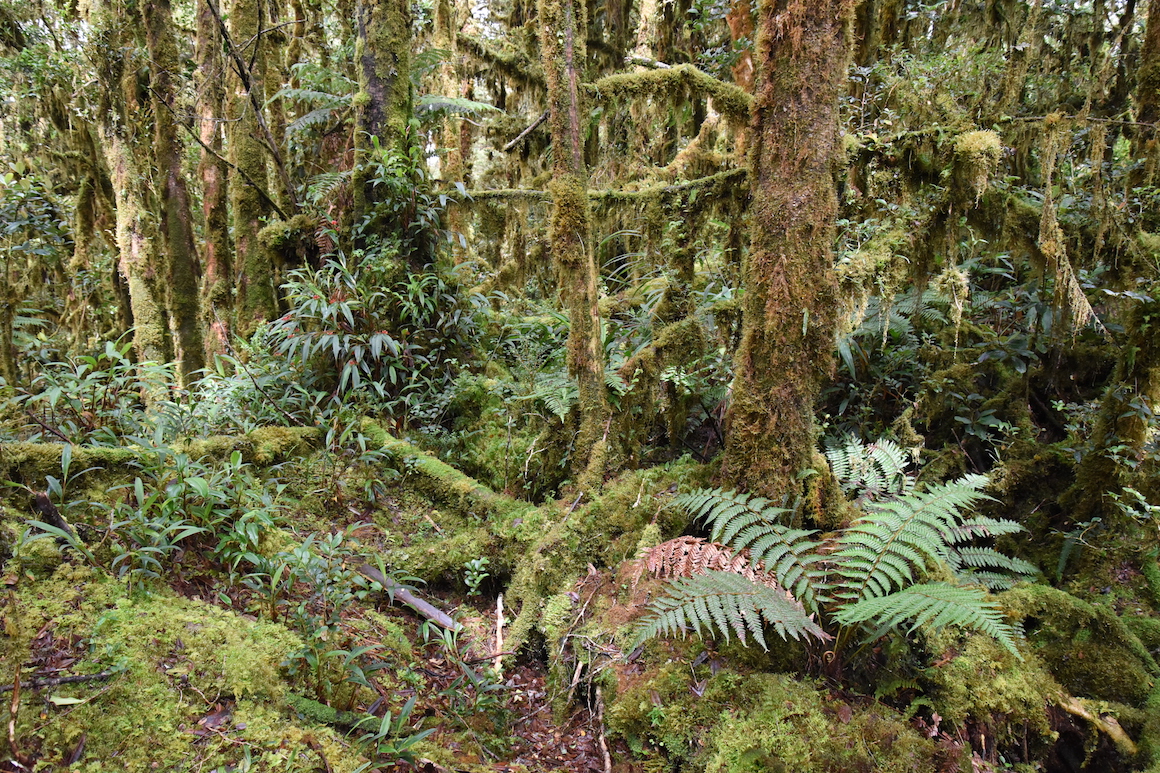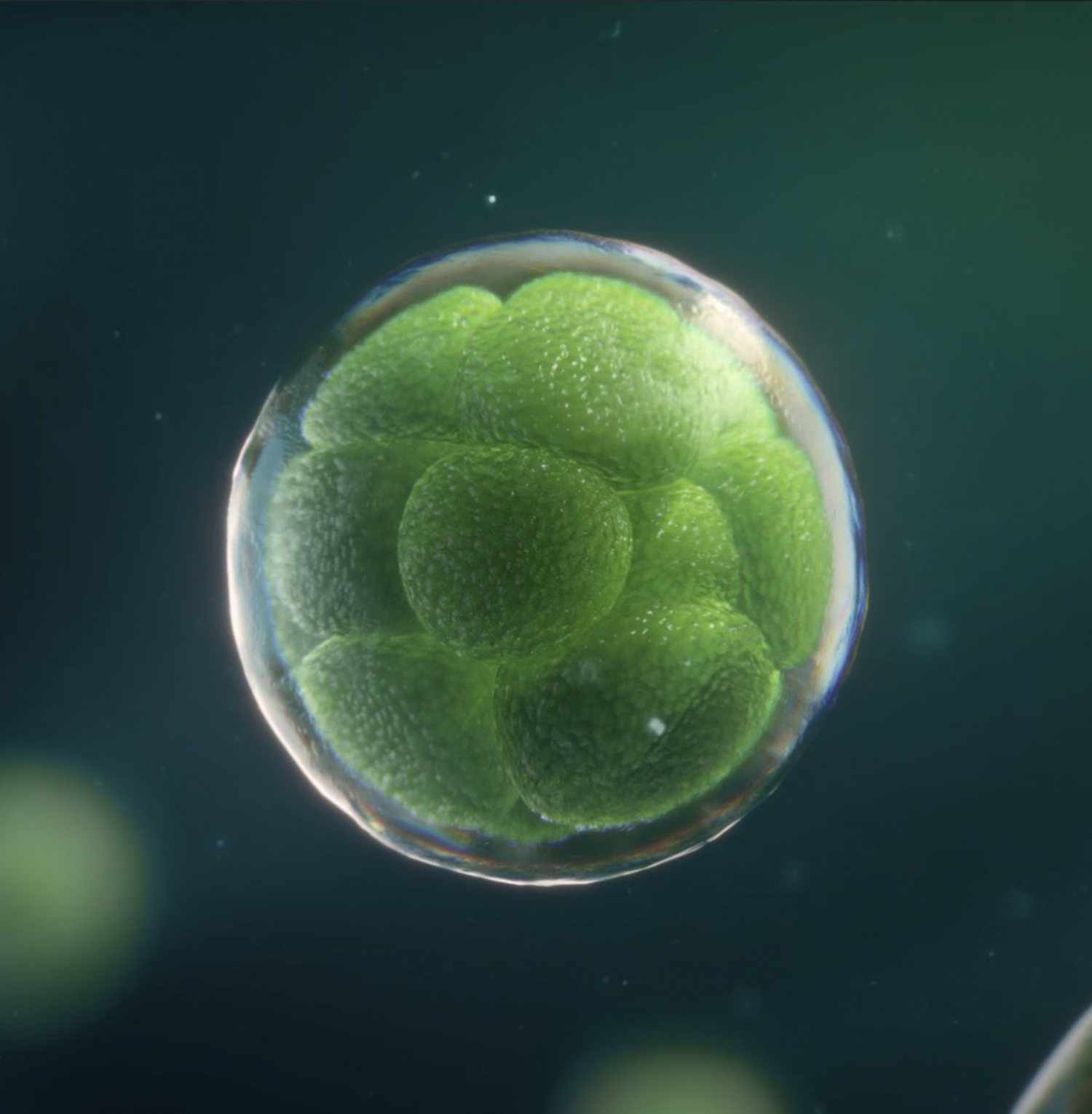Papua New Guinea, half of the giant island of New Guinea just above Australia, is an ecological masterpiece. It is home to the world’s third-largest rainforest, more than 200,000 different plant and animal species and abundant natural gas reserves.
But there is a special area stretching 300 kilometers from Papua New Guinea’s towering Highlands down to the coast, comprised of mostly untouched, rarely traversed land. It includes the Kikori River Basin and Hides Ridge and, as a result of comprehensive biodiversity studies, a number of newly discovered inhabitants.
In 2005, more than a decade before ExxonMobil’s PNG LNG (liquefied natural gas) project began there in earnest, the company and its partners deployed scientists to catalogue the remote area’s biodiversity.
During such surveys, scientists carefully document an area’s plant and animal species, all in an effort to mitigate any impact generated by the forthcoming operations. The work is meticulous and time-consuming, but it has provided a sound scientific basis for the future conservation and management of the region’s biodiversity in partnership with local communities. The PNG LNG surveys also resulted in the discovery of several new species of wildlife, especially plants and frogs.
“The process that ExxonMobil undertook to document and look after biodiversity in the project area revealed a lot of new discoveries,” recalls Steve Richards, an independent researcher who has been involved in this comprehensive effort since 2005. “The forest on Hides Ridge is particularly entrancing. I’ve never seen so many birds of paradise in one area,” Richards adds.
Now these creatures are available to you, too. Click through the images below to discover some of the exciting species inhabiting Papua New Guinea’s Kikori River Basin.



